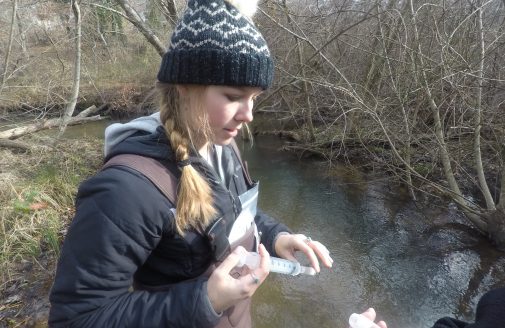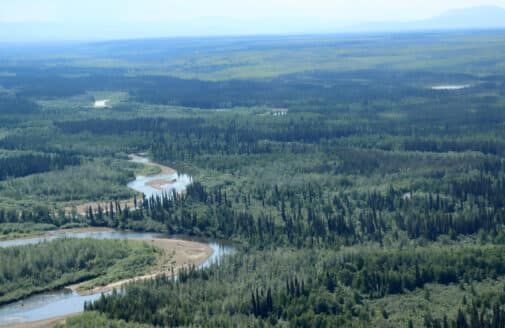Converting cranberry bogs back to wetlands helps communities prepare for changing climate
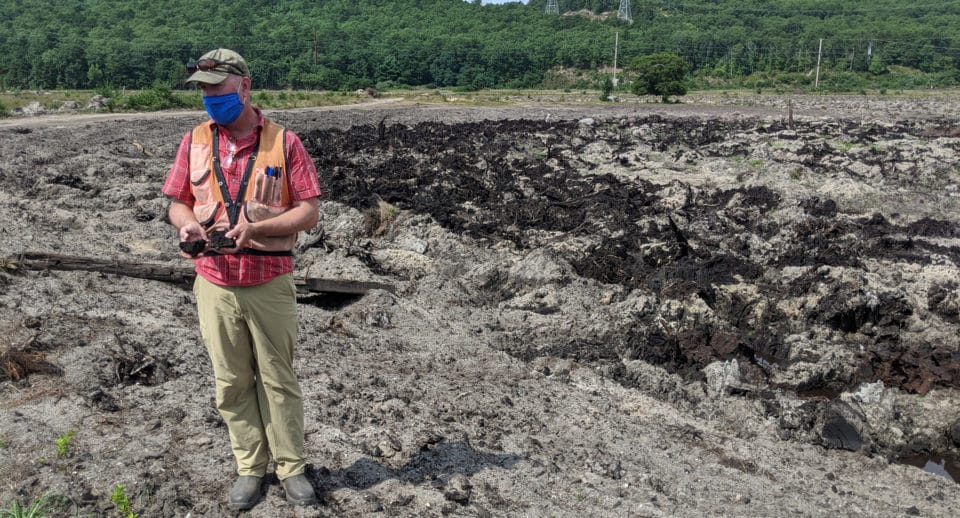
Above: Alex Hackman, Massachusetts Division of Ecological Restoration (DER), at a former cranberry bog freshly turned over to reveal peat swamp underneath
As economic pressures increase on aging Massachusetts cranberry bogs, Woodwell Climate Research Center scientists are working with the state to restore bogs into wetlands, helping to create new opportunities for conservation and climate adaptation. Restoring commercial cranberry bogs to native ecosystems can help rebuild carbon storage, manage stormwater, create new public lands, and bring back habitat for native plant, fish and wildlife.
With newer, more efficient bogs springing up in places like Wisconsin and Quebec, Massachusetts’ older cranberry bogs face difficult choices: expensive modernization, merging with neighboring operations, or selling. Woodwell’s latest analysis indicates that 20% of all Massachusetts cranberry bogs are highly likely to be retired in the next decade while another 35% are moderately likely to be retired. Communities need plans for this land, and farmers need beneficial exit strategies.
Massachusetts recently secured a $10 million federal grant from the US Department of Agriculture to work with landowners to protect and restore historic wetlands on retiring cranberry farmland. Related investment by the state and other federal, regional, and local partners has doubled the resources available for land protection, wetland restoration, and learning in the next five years.The ultimate goal is to restore 900 acres of wetlands and permanently protect 1,800 acres of open space. Woodwell Climate Senior Scientists Drs. Linda Deegan and Christopher Neill have been studying the effectiveness of various restoration methods.
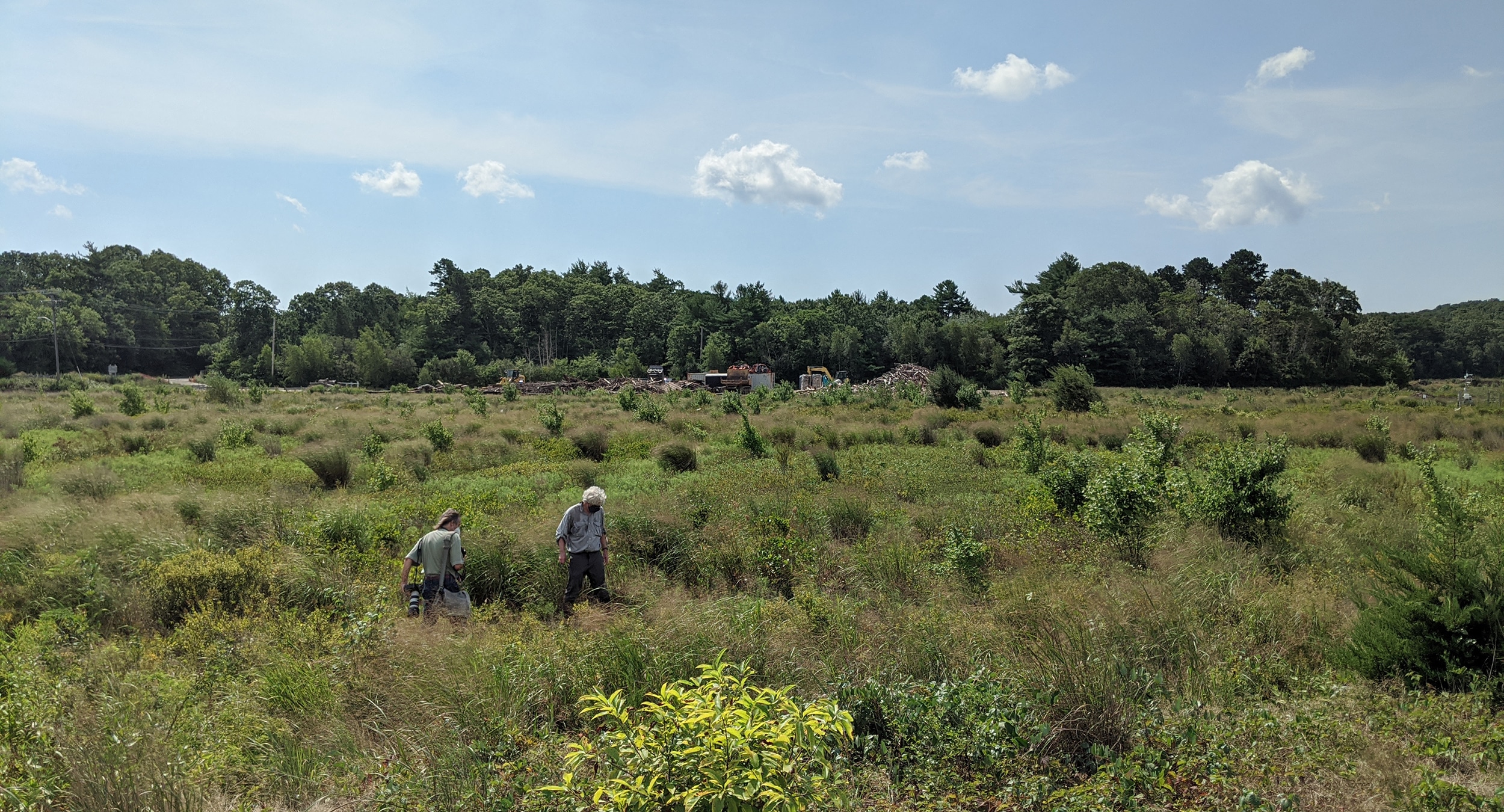
Above: Woodwell Senior Scientist Dr. Chris Neill (right) at a former cranberry bog in Plymouth, Massachusetts
On a recent summer morning, Woodwell’s Dr. Neill joined ecologists from the Massachusetts Division of Ecological Restoration (DER) and Mass Audubon for a tour of Tidmarsh Wildlife Sanctuary in Plymouth, a former commercial cranberry farm and now the largest freshwater ecological restoration ever attempted in the Northeast. They were joined by the bog’s former owner, Glorianna Davenport, and Brian Wick, executive director of the Cape Cod Cranberry Growers Association.
“We’re trying to pilot new methods of restoration, learning about what works and what doesn’t, whether we should dig more or less. We want to know how much help these native wetlands need to come back and thrive,” said DER’s Alex Hackman
The group led a Boston Globe reporter and photojournalist on a tour of three sites – an abandoned bog, a site being actively restored, and a completed restoration site – showing each step of the transition from farm to nature preserve.
“We’ve studied both sites that are left to revert to forest and sites that are actively restored, with the bog plowed under to expose the former peat bog underneath. While the forest sites have an average of just six species per square meter, some invasive, restored wetlands have an average of 35 species, many native, all sprouted from seeds that were already there, dormant under the bog,” said Dr. Neill. “That restored wetland is going to provide more ecosystem services, filter more pollutants, and store more carbon.”
Massachusetts is expected to announce more bog conversion projects this fall. Additional partners on this work include the Buzzards Bay Coalition, the Town of Falmouth, Coonamessett River Trust, UMass Cranberry Station, Living Observatory and the Division of Ecological Restoration. Support for Drs. Neill’s and Deegan’s work has been provided by Woodwell’s Fund for Climate Solutions.
Latest in Water
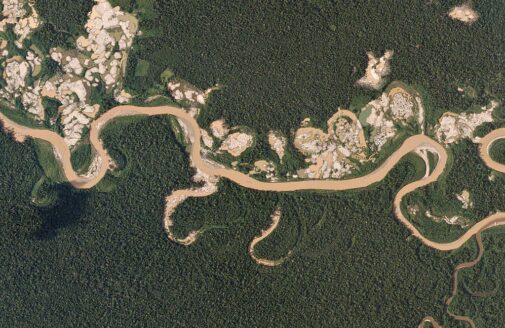
- In The News
Gold mining causes long-lasting damage in the Amazon rainforest
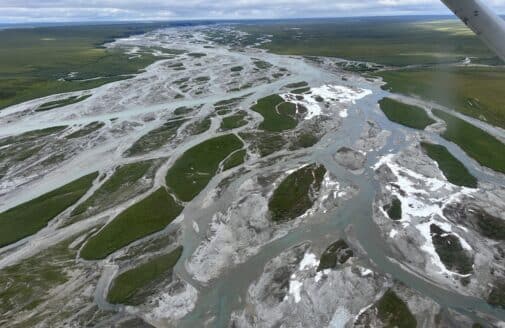
- In The News




